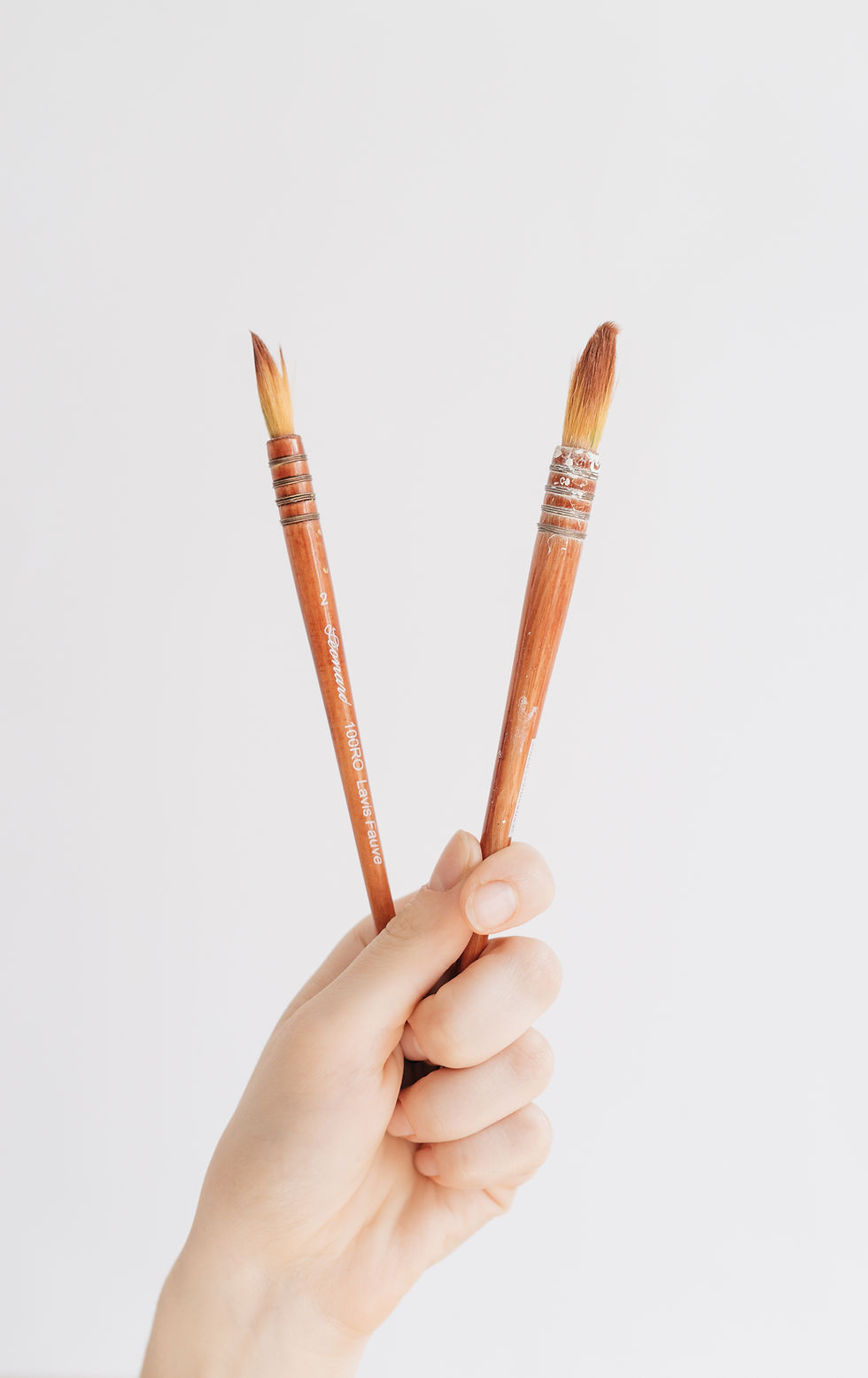The Language and Power of a Photograph
- Vanessa

- Mar 2, 2020
- 2 min read
Considering the broad scope of the photographic image from the 1840-until now, it is hard to imagine a life without these pieces of time. Presently we have unlimited access to photographic means through the internet and our phones. As Sontag put it "there is a lot more of them demand our attention." photography and media have changed our culture in more ways than can be described, in the reading, Sontag makes a note of family structures and the idea of a photo album, or rebellious teens not posing for a family photo. We have emerged into a culture where we must document our lives and share them. There is a danger in trusting an image for what it is without understanding its entirety. For example, the Sontag describes, a photograph doesn't serve as evidence of an event until such even is categorized dan documented.
This documentation can make a picture one-sided in the way that viewers will only see and understand an image through the limited scope of context provided by the photographer. A viewer will only see what is within the frame, and a viewer will only know what the photographer tells them. In this way, there is a danger in accepting a photograph as truth; photos are now easily digitally manipulated and altered. The phrase seeing is believing comes to mind, when an image circulates. Photographs are so similar to our human vision that it becomes easy to accept it as an inanimate image, static to the manipulation of understanding. However, time and history have shown us that the absence of manipulation is not the case.
When Sontag describes the camera as a predatory weapon or a means of power, I can understand it. Holding up a camera is a way of separating the photographer from the present moment, making them nonpartisan to the events and occurring at hand. It makes the person taking the image predatory in nature; with a camera, in hand, there is an alteration to the idea of what is acceptable to examine and capture. This subjective separation between image taker and the subject has affected our culture; now, if an image does not exist, it didn't happen. For example, going to a concert, your child's first steps, watching the pope walk down the street. There is a need pervading our society and current climate to document and photograph everything. Why?
I grapple with this often as a professional photographer. Everywhere I travel I bring my camera. I have to consciously remind myself to remove the viewfinder from my eye and take in the moment. I have to remind myself that the picture is just to capture the experience and the experience is not taking the photograph.



Comments